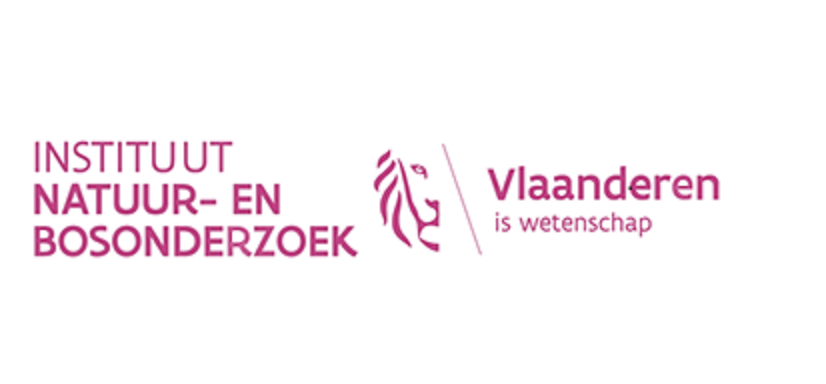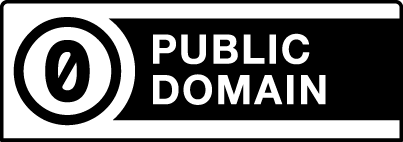InboVeg - Amphibious vegetation of shallow lakes at Turnhout
Research Institute for Nature and Forest (INBO)
Dataset type
Deze dataset bevat primaire waarnemingsgegevens voor soorten.
Beschrijving
<p>Releve data from a historical-ecological study of the amphibious vegetation of shallow lakes at Turnhout, Belgium. Releves are comprised from the study period (1999, by Floris Vanderhaeghe) and from older times (1973-1993, by Geert De Blust and including 1 releve by Herman Stieperaere). Many of these phytocoenoses belong to the Littorelletea class.</p>
<p>To allow anyone to use this dataset, we have released the data to the public domain under a Creative Commons Zero waiver http://creativecommons.org/publicdomain/zero/1.0/). We would appreciate however, if you read and follow these norms for data use http://www.inbo.be/en/norms-for-data-use) and provide a link to the original dataset https://doi.org/complete) whenever possible. If you use these data for a scientific paper, please cite the dataset following the applicable citation norms and/or consider us for co-authorship. We are always interested to know how you have used or visualized the data, or to provide more information, so please contact us via the contact information provided in the metadata, opendata@inbo.be or https://twitter.com/LifeWatchINBO.</p>;
Type inhoud
Omvat: .Bronvermelding
https://doi.org/10.15468/xkuvwe
Gedigitaliseerde records
Ophalen... het aantal records dat toegankelijk is via de Vlaams Biodiversiteitsportaal. Deze bron werd voor het laatst gecontroleerd op bijgewerkte gegevens op 10 Sep 2025.
Metadata voor het laatst bijgewerkt op 2025-09-10 15:55:07.0
Laden...


